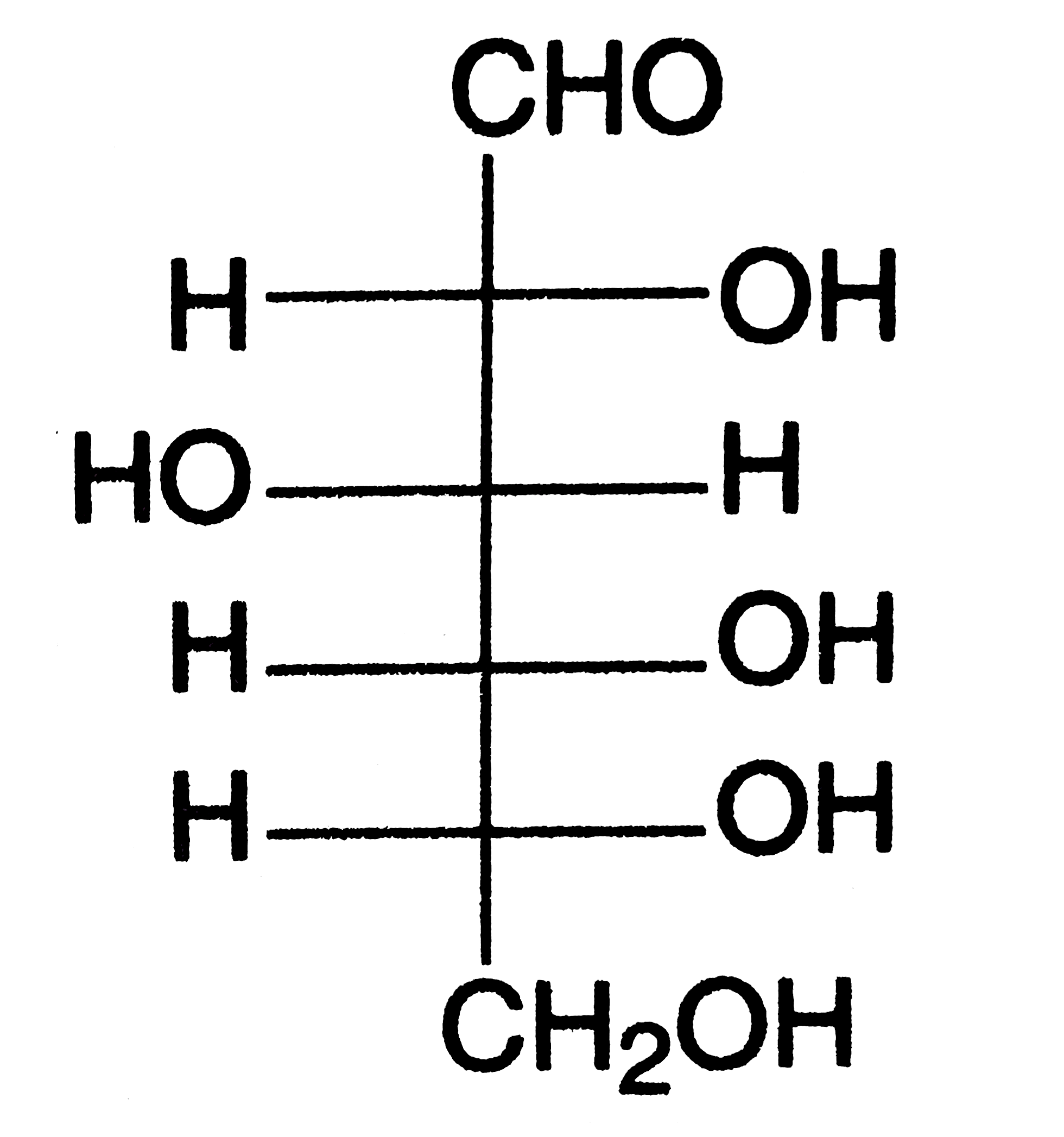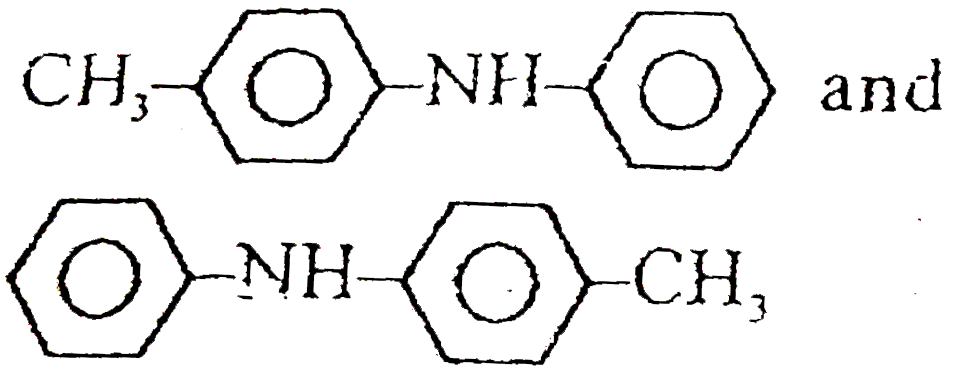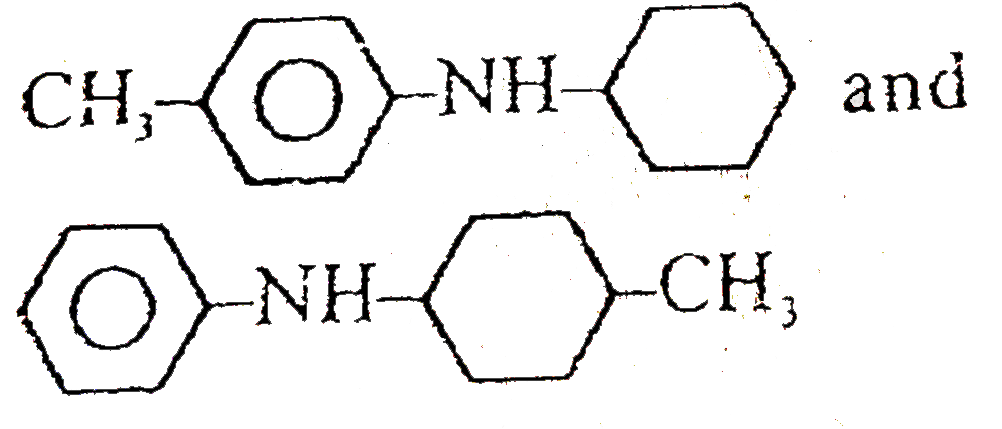Explore topic-wise InterviewSolutions in .
This section includes InterviewSolutions, each offering curated multiple-choice questions to sharpen your knowledge and support exam preparation. Choose a topic below to get started.
| 17051. |
Which of the following compounds is not chiral? |
|
Answer» 1-Chloro-2-methylpentane (C ) `ClCH_(2)CH_(2)CH_(2)CH_(2)CH_(3)` (D) `CH_(3)-underset(CH_(3))underset(|)(CH)-underset(Cl)underset(|)overset(**)(C)HCH_(2)CH_(3)` (C ) is not chiral |
|
| 17052. |
Which has aromatic ring in complex ? |
|
Answer» DMG in dimethylglyoximate 
|
|
| 17053. |
Which of the following have same units:(i) Work, (ii) Heat, (iii) Energy (iv) Entropy |
|
Answer» (i), (II) and (III) |
|
| 17054. |
Which of the following amines is the strongest base ? |
|
Answer»
|
|
| 17055. |
Which of the following is not a reducing sugar? |
|
Answer» Glucose |
|
| 17056. |
Yellow colouredsolution of FeCI_(3) changes in lightgreenwhen |
|
Answer» `SnCI_(2)` is ADDED |
|
| 17057. |
What will be the normality of a solution obtained by mixing 0.45 N and 0.60 N NaOHin the ratio 2:1 by volume : |
|
Answer» 0.4 N |
|
| 17058. |
Which one of the following statements regarding helium is incorrect |
|
Answer» It is used to produce and sustain powerful superconducting magnets |
|
| 17059. |
Write IUPAC names of the following compounds : ((i) CH_(3)-underset(CH_(3))underset("|")"CH"-underset(OH)underset("|")"CH"-overset(CH_(3))overset("|")underset(CH_(3))underset("|")"C "-CH_(3) (ii) CH_(3)-underset(OH)underset("|")"CH"-CH_(2)-underset(OH)underset("|")"CH"-underset(C_(2)H_(5))underset("|")"CH"-CH_(2)CH_(3) (iii) CH_(3)-underset(OH)underset("|")"CH"-underset(OH)underset("|")"CH"-CH_(3) (iv) HO-CH_(2)-underset(OH)underset("|")"CH"-CH_(2)-OH (ix) CH_(3)-O-CH_(2)-underset(CH_(3))underset("|")"CH"-CH_(3) (x) C_(6)H_(5)-O-C_(2)H_(5) (xi) C_(6)H_(5)-O-C_(7)H_(15)(n-) (xii) CH_(3)-CH_(2)-O-underset(CH_(3))underset("|")"CH"-CH_(2)-CH_(3) |
| Answer» SOLUTION :`{:("(i) 2, 2, 4 - Trimethylpentan -3- ol","(ii) 5 - Ethylheptane -2, 4 - diol"),("(iii) Butane-2, 3 - diol","(iv) Propane -1, 2, 3 - triol"),("(V) 2 - Methylphenol","(vi) 4-Methylphenol"),("(vii) 2, 5 - Dimethylphenol","(viii) 2, 6 - Dimethylphenol"),("(ix) 1-Methoxy-2-methylpropane","(x) ETHOXYBENZENE"),("(xi) 1-Phenoxyheptane","(xii) 2-Ethoxybutane"):}` | |
| 17060. |
Which of the following ligand is not pi-acceptor ligand ? |
|
Answer» `pi-C_(3)H_(5)^(-)` 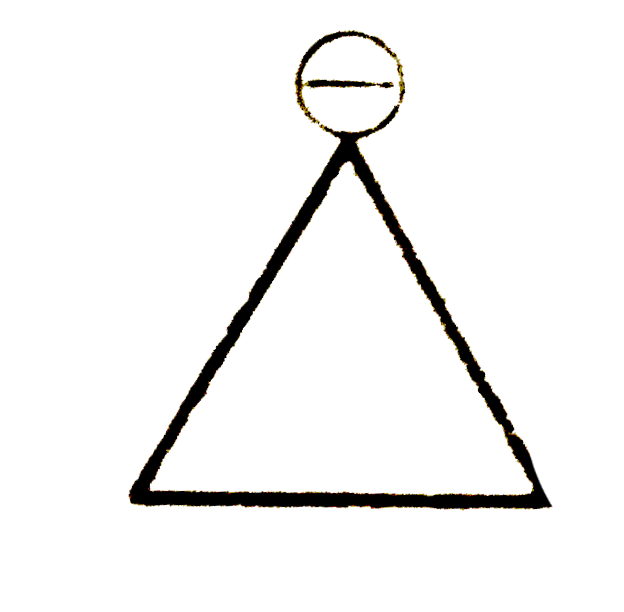 does not have vacant orbital to accept ELECTRON from central metal ATOM. does not have vacant orbital to accept ELECTRON from central metal ATOM.
|
|
| 17061. |
Which is a reversible reaction: |
|
Answer» `H_2+I_2rarr2HI` |
|
| 17062. |
Which one of the following molecule is not trigonal pyramidal ? |
|
Answer» `NF_(3)` |
|
| 17063. |
Which of the following pairs are diastereomers? |
|
Answer» `{:(""CHO""CHO),("||"),(H-C-OH and HO-C-H""),("||"),(""CH_(3)""CH_(3)):}` |
|
| 17064. |
The volume occupied by 8.8 g of CO_(2) at 31.1^(@)C and 1 bar pressure ( in L ) is |
|
Answer» <P> `V= (nRT)/(P) = (0.2 xx 0.083 xx 304.1)/(1) = 5L` |
|
| 17065. |
Westrosol is : |
|
Answer» ACETYLENE tetrachloride |
|
| 17066. |
Write IUPAC names of the following compounds: |
| Answer» SOLUTION :The IUPAC NAMES are: (1) 3-Bromo-2-methylbut-1-ene and (II) 4-Bromopent-2-ene | |
| 17067. |
Waterwill boil at 101.5^@C at which of the XT- following pressure: |
|
Answer» 76 m of Hg |
|
| 17068. |
Write the equation of the reaction of hydrogen iodide with (i) 1-propoxypropane (ii) methoxybenzene (iii) benzyl ethyl ether. |
Answer» SOLUTION :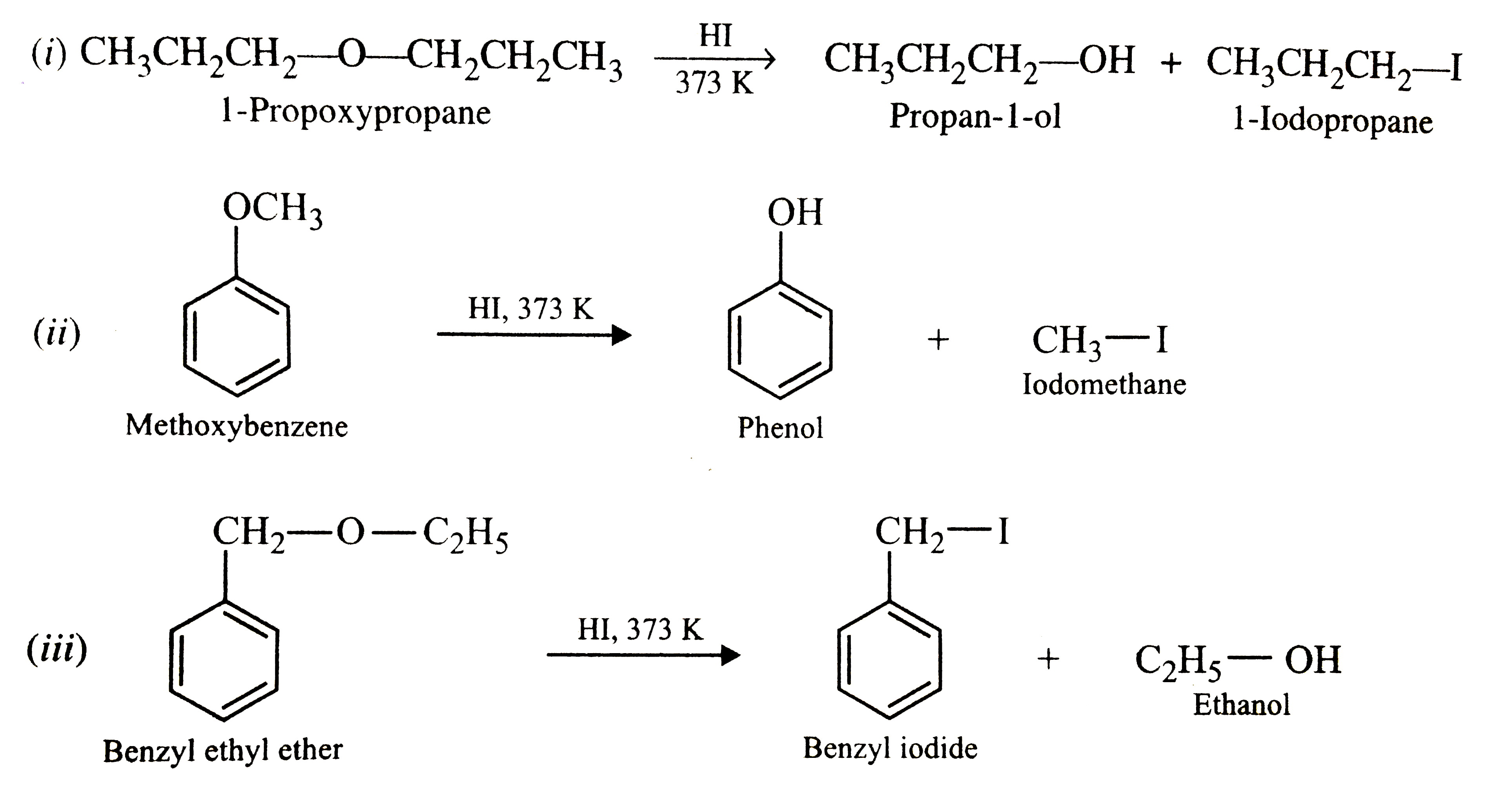
|
|
| 17069. |
Which of the following alcohols has the lowest solubility in water ? |
|
Answer» METHANOL |
|
| 17070. |
Write the monomers and chemical equation for the preparation of Buna - S rubber. |
| Answer» Solution :`UNDERSET("Buta -1,3 - diene")(nCH_(2)=CH-CH=CH_(2))+nCH_(2)=underset("Styrene")underset(C_(6)H_(5))underset("|")"CH"rarr(-CH_(2)-CH=CH-CH_(2)-underset("Buna-S")underset(C_(6)H_(5))underset("|")"CH"-CH_(2)-)_(N)` | |
| 17071. |
Which solution will show the maximum vapour pressure at 300 K ? |
|
Answer» 1 M NaCl |
|
| 17072. |
When H_2 S is passed through acidified KMnO_4, we get |
|
Answer» `K_(2)SO_(3)` |
|
| 17073. |
The volumes of 1M HCl and 5M HCl to be mixed to get 2 lit of 2M HCl are |
|
Answer» 1 LIT and 1 lit |
|
| 17074. |
Which graph of the following represents the graph between log p (on Y - axis) and 1/T (on X - axis)? |
|
Answer»
|
|
| 17075. |
Which of the following will not undergo Hoffmann Bromanide reaction? |
|
Answer»
|
|
| 17076. |
What is the product treated with Br_2 water? |
|
Answer»

|
|
| 17077. |
Treatment of n-propylamine with nitrous acid gives |
|
Answer» `CH_(3)CH=CH_(2)` |
|
| 17078. |
underset((ii) Zn-H_(2)O) overset((i) O_(3))to underset(Delta) overset(bar:OH)to NO. of aldol condensation product. |
Answer» 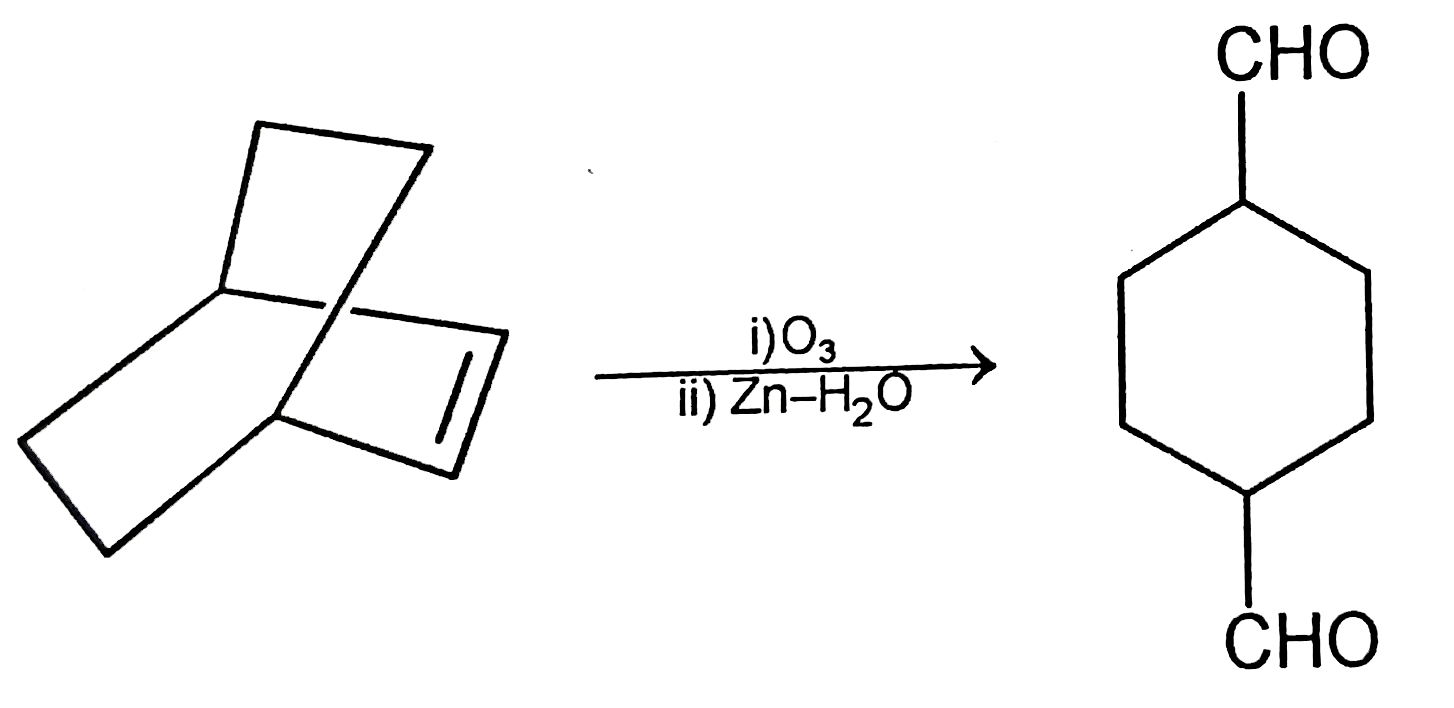 `underset(Delta)OVERSET(BAR( : )OH)to` No aldol condensation `underset(Delta)OVERSET(BAR( : )OH)to` No aldol condensation
|
|
| 17079. |
Which will have a higher boiling point ? 1-chloroethane or 2-methyl-2-chlorobutane Give reasons: |
| Answer» SOLUTION :1-chloroethane being straight CHAIN compound has a higher boiling point. It has a larger ACE area and larger van der WAALS. FORCES of attraction between the molecules. | |
| 17080. |
Which configuration represents a noble gas: |
|
Answer» `1s^2,2s^2,2p^6,3s^2` |
|
| 17081. |
The treatment of alkyl chloride with aqueous KOH leads to formation of alcohols but in the presence of alcoholic KOH, alkenes are major products. Explain. |
|
Answer» Solution :In aqueous KOH, KOH is ALMOST completely ionised to give a large concentration of strong nucleophile, `OH^(-)` which brings about SUBSTITUTION to give alcohols. Further in the aqueous solution, `OH^(-)` ions are HIGHLY hydrated which decreases the basic character of `OH^(-)` ions and they can.t extract H-atoms from `beta`-C- atom of alkyl halide and can.t bring about elimination to the alkene. In the alcoholic solution of KOH there are ALKOXIDE ions (`RO^(-)`) which being much stronger base than `OH^(-)` ions can bring about elimination to give an alkene. In alcoholic KOH solution, there is a low concentration of `OH^(-)`ions and substitution does not OCCUR. |
|
| 17082. |
Which cell has a constant voltage thorughout its life ? |
|
Answer» Leclanche cell |
|
| 17083. |
What is the role of limestone in the extraction of iron from its oxides? |
|
Answer» Solution :Role of limestone is the EXTRACTION of iron from its oxidef is to remove the impurity of SILICA as a slag of CALCIUM silicate. `{:(CAO+ SiO_(2) to CaSiO_(3)),("Slag "):}`. |
|
| 17084. |
Which of the following has highest melting and boiling points? |
|
Answer» Cs |
|
| 17085. |
Write IUPAC name of the following compound : ""CH_(3)NHCH(CH_(3))_(2) |
|
Answer» N-Methylpropan-2-amine |
|
| 17086. |
Which of the following is the correct order of Lewis basic strength ? |
|
Answer» `NF_(3) GT NCl_(3) gt NBr_(3) gt Nl_(3)` |
|
| 17087. |
Which of the following has least hydrogen bonding ? |
|
Answer» Phenol |
|
| 17088. |
The same quantity of electricity is passed through 0.1M H_2SO_4 and 0.1 M HCl. The amounts of H_2obtained at the cathodes are in the ratio |
|
Answer» `1:1` |
|
| 17089. |
Write the hybridisation type and magnetic behaviour of the complex [Ni(CN)_(4)]^(2-). [Atomic number of Ni = 28] |
Answer» Solution : `to` Under the influence of ligands `to` Under the influence of ligands `DSP^(2)` hybridisation Hybridisation involved : `dsp^(2)`. This hybridisation GIVES square plannar shape. Magnetic behaviour : Diamagnetic as there are no UNPAIRED electrons |
|
| 17090. |
What is Freundlich adsorption isotherm ? |
| Answer» SOLUTION :A PLOT of `LOG""(x)/(m)`VERSUS log p. | |
| 17091. |
Which of the following pair are not related as metamer:- |
|
Answer»
|
|
| 17092. |
Which of the following reaction(s) don't/doesn't produce alcohol? |
|
Answer» `CH_(3)-COOH underset(HI.DELTA)overset("red P")to ` `CH_(3)-underset(H)underset(|)N- CH_(2)overset(O)overset(||)CH overset(CH_(3)MgBr)to CH_(3)-underset(MgBr)underset(|)N-CH_(2)-overset(O)overset(||)CH+CH_(4)` |
|
| 17093. |
Which of the following statement regarding halogens is/are correct? |
|
Answer» IONIZATION ENERGY decreases with INCREASE in atomic number |
|
| 17094. |
Using valence bond theory (VBT), account for the geometry, type of hybridization and magnetic property of [NiCl_(4)]^(2-). |
Answer» Solution :The oxidation state of nickel inP `[NiCl_(4)]^(2+)` is+2. The outer electronic configuration of nickel(+2) is `3d^(8)4S^(0)`-  When weak ligand, Cl“ is approaching towards central METAL ION, one 4s and three 4p orbitals hybridised to yield four `sp_(3)` hybrid orbitals pointing towards the four comers of tetrahedron  Each Cl- ion donates a pair of ELECTRONS to four `sp_(3)` hybrid orbitals to form tetrahedral complex. Due to the presence of two of unpaired electrons, the compound is PARAMAGNETIC in nature. Conclusions:- 1/Hybridisation- `Sp_(3)` 2. Geometrical shape – tetrahedral 3. Magnetic property - Paramagnetic. |
|
| 17095. |
Which one of the followingis a polysaccharide ? |
|
Answer» NYLON |
|
| 17096. |
Which alkyl halide is preferntially hydrolised by SN^1 mechanism : |
|
Answer» `CH_3Cl` |
|
| 17097. |
The total number of alpha and betaparticles lost in the process of transformation of: ""_(92)^(238)U to ""_(82)^(206)Pb is : |
|
Answer» 6 |
|
| 17098. |
Which is not true about metal carbonyls? |
|
Answer» <P>Here CO acts as a LEWIS base as well Lewis acid |
|
| 17099. |
Using data provided, calculate the multiple bond energy (kJ mol^(-1)) of a C-=C bond in C_(2)H_(2). The energy is ( C-H bond energy=350 kJ "mol"^(-1)) 2C(s)+H_(2)(g) to C_(2)H_(2)(g), DeltaH=225 kJ mol^(-1) 2C(s) to 2 C(g), DeltaH=1410 kJ mol^(-1) H_(2)(g) to 2 H(g), DeltaH=330 kJ mol^(-1) |
|
Answer» 1165 x is HEAT of FORMATION of C -=C BOND |
|
| 17100. |
Transition metal with lowest atomic number |
|
Answer» Sc |
|














